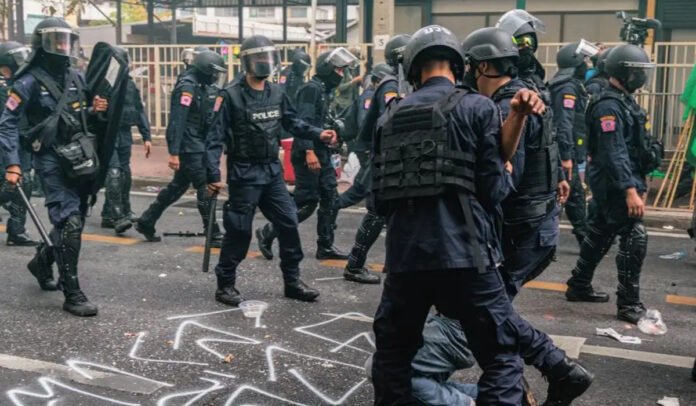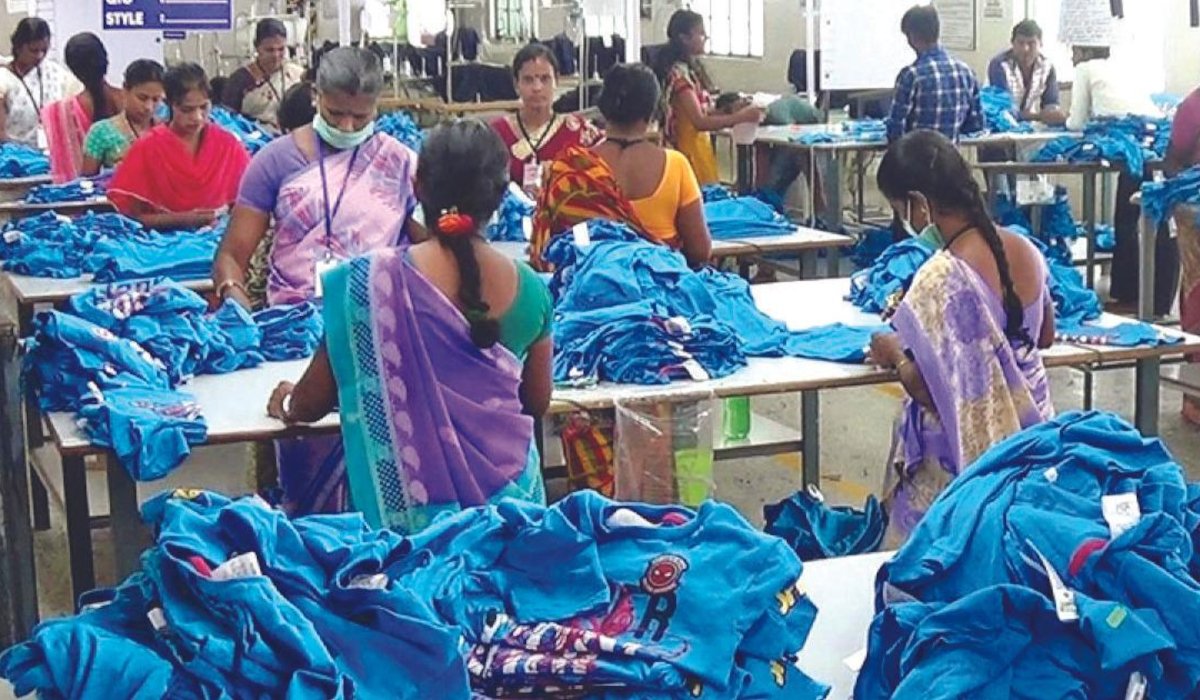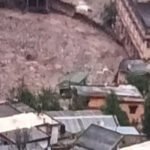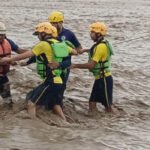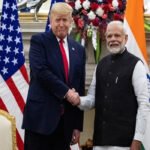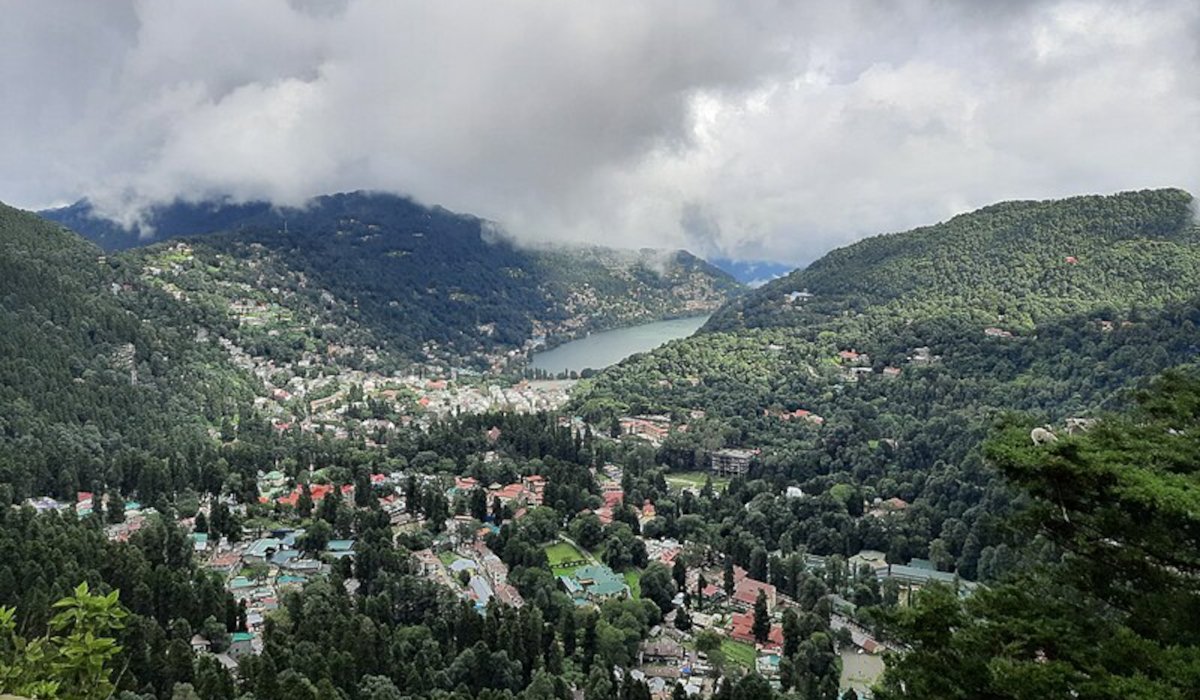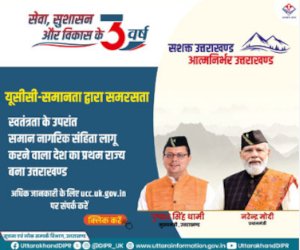Tensions flared once again along the Thailand-Cambodia border as Thai security forces used tear gas and rubber bullets to disperse Cambodian civilians protesting the erection of barbed wire barriers. The clash occurred in a disputed frontier settlement known by Thailand as Ban Nong Ya Kaew in Sa Kaeo province, and by Cambodia as Prey Chan village in Banteay Meanchey province.
At least 23 Cambodian civilians were reported injured in the incident, according to Cambodian authorities. Thailand’s military also confirmed that some of its personnel sustained injuries, though exact numbers were not specified. Officials on both sides characterised the confrontation differently—Cambodia labelled it a violation of the ceasefire agreement, while Thailand described the protesters as provocateurs crossing into territory it claims.
The protests began after the Thai side installed concertina wire recently in the disputed area. Cambodian civilians gathered to remove the wire, seeing it as an incursion. According to Thai officials, approximately 200 Cambodian protesters, some armed with slingshots, wooden sticks, and rocks, advanced toward the barrier, causing damage and disrupting Thai operations.
As the situation escalated, Thai riot police responded with non-lethal crowd control measures. Tear gas was fired, rubber bullets were deployed, and loud acoustic devices were used to push back protesters. Both sides faced a standoff that witnessed intermittent skirmishes, with protesters trying to dismantle barriers while security forces sought to maintain the newly established boundary.
This incident is seen as one of the most significant escalations since a fragile ceasefire was brokered on July 28, after five days of heavy fighting that caused dozens of casualties and displaced hundreds of thousands of people. The ceasefire was facilitated by mediation from Malaysia and diplomatic pressure, and had brought a temporary calm to long-standing border tensions.
Cambodian government officials strongly condemned the Thai use of force. They asserted that the deployment of tear gas and rubber bullets against civilians—some of whom were monks—was a breach of human rights and international law. Thailand, on the other hand, defended its actions as necessary to protect its territory and maintain order.
Footage and statements submitted by witnesses claim that monks and peaceful civilians were among those hurt during the clash. Several people reportedly fainted from tear gas exposure.
Analysts say the confrontation reveals how delicate the truce remains. Longstanding territorial disputes between Thailand and Cambodia, rooted in colonial-era maps and a 1907 border mapping—exacerbated by contested claims over small areas—have led to periodic flashpoints. Events such as this underline how quickly protests can escalate into violence when both sides have different interpretations of where borders lie.
The incident could strain diplomatic relations further. Cambodia has reportedly sought renewed international mediation or oversight, while Thailand insists on bilateral negotiations and maintaining its physical control over the disputed region.
As of now, no deaths have been confirmed from the clash. Investigations are ongoing, and both governments have made public statements. Observers are watching for any moves from regional or international actors to reduce tensions and reinforce the terms of the ceasefire.


